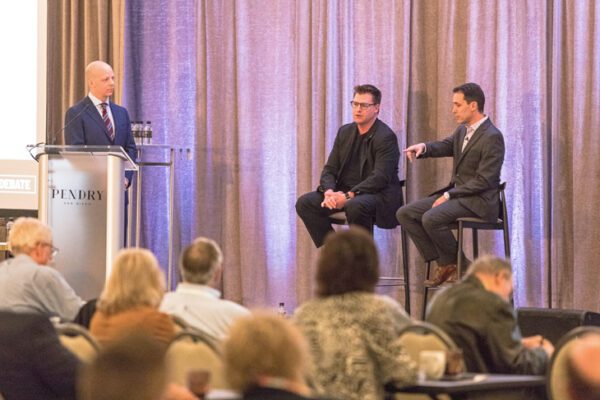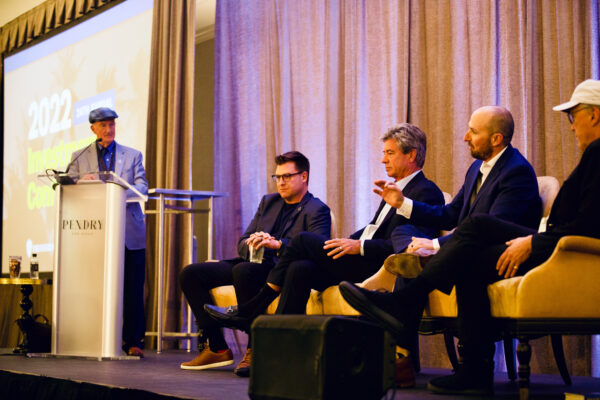What Is the FIRE Movement?
Are you looking for more information about the FIRE movement? If so, you have come to the right place. The FIRE retirement plan is growing in popularity across the United States.
Where did this movement begin? And does it actually work? Learn how saving your money and making smart investments can lead you on a path to early retirement.

Introduction to the FIRE Movement
First and foremost, FIRE stands for Financial Independence, Retire Early. It’s a movement that is built around the ideas of frugality and investing.
It came about it 1992 through the bestselling book Your Money or Your Life by financial gurus Vicki Robin and Joe Dominguez. The FIRE movement has now been embraced by Millennials as a target to retire before the traditional age of 65.
This strategy has given individuals the ability to retire as early as their late 20s and early 30s. But you will need to save the majority of your yearly income to make it happen.
The model gained popularity back in the 2010s via online communities. Various blogs, podcasts and forums began discussing the FIRE movement while people began implementing its ideas into their own lives.
The FIRE Retirement Plan Overview
So, what is the FIRE retirement plan exactly? It’s a goals-based approach to extreme saving and investing. And the ultimate goal is to reach 30 times your yearly expenses. For most people, that is roughly $1 million.
At this point, you can quit your day job or permanently retire. With the right investment plan, you can take out 3% to 4% each year sustainably. So the more you save up before retirement, the more you can take out later on.
However, the FIRE movement requires you to remain extremely vigilant with your finances. You’ll need to remain frugal and monitor your expenses daily.
While you may be able to retire early, you will also have to reallocate your investments from time to time. This will ensure that you aren’t spending more than you can afford.
According to Social Security, the normal retirement age for anyone born after 1960 is 67. It’s no wonder that so many people are trying to discover how to retire early. As each year passes and the cost of living rises, so does the projected retirement age.
Extreme Saving Is Only the First Step
The FIRE movement is built around extreme saving techniques, but that is just the foundation to the plan. And keeping your costs low is one of the most difficult parts. Therefore, it’s important to plan ahead in many aspects of your life.
Start by considering the rising costs of healthcare. If you retire at the age of 50, that’s 15 years before you’re eligible for Medicare. Some employers will offer healthcare benefits for retirees while others will have to receive their coverage privately.
This will need to go into your savings strategy as you begin to calculate how much money you need to live comfortably. It’s also important to keep your other costs down as best as possible.
The FIRE movement doesn’t work if you live above your means. You have to make a conscious decision to live below your means before retirement so that you can save enough to live comfortably after retirement.
This means you have to learn how to create a budget and stick to it. Cut costs as best as you can and eliminate your debts. Minimize the costs of your bills as best as possible, such as your cellphone. You don’t need premium packages with added costs if you’re living with FIRE.
Investing and the FIRE Movement
The quickest route to an early retirement is the stock market. In fact, investing in stocks is the greatest form of passive income that can replace your paycheck. And the FIRE retirement plan suggests that you invest in low-cost index funds and dividend stocks.
For the latest stock market trends and analytics, sign up for the Investment U e-letter below. The experts at Investment U will help you find the quickest path to financial freedom with daily investing tips and trends.
Everyone wants to retire early, but are you frugal enough to make it happen? Learn more about the FIRE movement and discover how it fits your specific goals.
Read Next: Retire by 40: Here’s How to Make the Impossible Possible
[adzerk-get-ad zone="245143" size="4"]About Corey Mann
Corey Mann is the Content Manager of Investment U. He has more than 10 years of experience as a journalist and content creator. Since 2012, Corey’s work has been featured in major publications such as The Virginian-Pilot, The Washington Post, CNN, MSNBC and more. When Corey isn’t focusing on Investment U, he enjoys traveling with his wife, going to Yankees games and spending time with his family.





